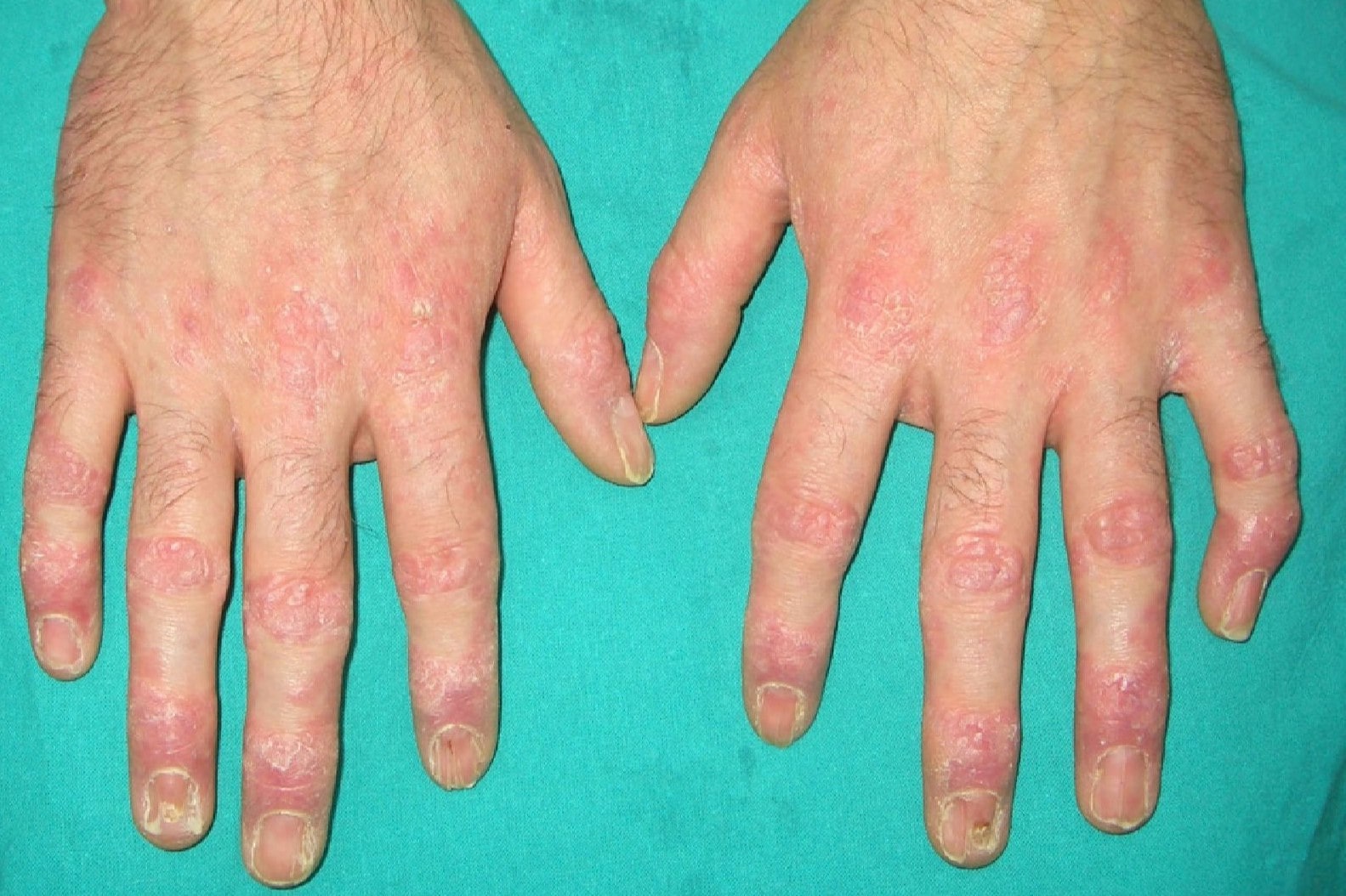
Arterial Calcification of Infancy (GACI) is a rare, life-threatening genetic disorder that affects the circulatory system. Present at birth, this condition is marked by abnormal calcium buildup in blood vessel walls, causing them to harden and narrow. GACI is primarily caused by mutations in the ENPP1 gene, though other genetic factors can contribute. Symptoms often appear before birth or within the first few months of life, including severe high blood pressure, difficulty breathing, and an enlarged heart. Diagnosing GACI involves genetic testing and imaging studies. While treatments like bisphosphonates show promise, there is no standardized protocol, making management challenging.
Understanding Arterial Calcification of Infancy
Arterial calcification of infancy, also known as generalized arterial calcification of infancy (GACI), is a rare genetic disorder. It affects the circulatory system, causing calcium to build up in the walls of blood vessels. This leads to hardening and narrowing of the arteries, which can be life-threatening.
Definition and Prevalence
- GACI is a congenital disorder: Present at birth, GACI is extremely rare, affecting about 1 in 391,000 individuals.
Genetic Causes
- Majority of cases linked to ENPP1 gene: Around 70% of GACI cases are due to mutations in the ENPP1 gene. Other cases may involve mutations in the ABCC6 gene.
Pathophysiology
- Deficiency of inorganic pyrophosphate (PPi): This deficiency is crucial for preventing calcium deposition in tissues, leading to calcifications in arterial walls.
Clinical Presentation
- Symptoms appear early: Signs of GACI typically show up before birth or within the first few months of life. Symptoms include cyanosis, difficulty breathing, edema, severe high blood pressure, and an enlarged heart.
Cardiovascular Complications
- Critical cardiovascular issues: Calcifications and intimal proliferation in arteries can lead to myocardial infarction, congestive heart failure, persistent pulmonary hypertension, and multi-organ failure.
Other Systemic Involvement
- Affects other systems: GACI can cause hearing loss, rickets, and features similar to pseudoxanthoma elasticum, such as yellowish skin bumps and angioid streaks in the eyes.
Diagnosis
- Genetic testing is key: Diagnosis primarily relies on genetic testing to identify mutations in the ENPP1 or ABCC6 genes. Imaging studies like ultrasound or MRI can also visualize arterial calcifications.
Management Challenges
- Limited clinical data: Due to its rarity, there are no standardized treatment protocols. Hypophosphatemia and bisphosphonate treatment have shown some promise but need more research.
ENPP1-Fc Replacement Therapy
- Experimental treatment: ENPP1-Fc replacement therapy involves administering a recombinant protein to replace the deficient ENPP1 enzyme. This approach is still experimental and requires further research.
Prognosis
- Historically poor prognosis: GACI has a high mortality rate in the neonatal period. However, some individuals who survive the first six months may live into adolescence or early adulthood.
Long-term Outcomes
- Reports of long-term survivors: Some cases show spontaneous resolution of calcifications, while others document arterial stenoses without calcifications in long-term survivors.
Multidisciplinary Approach
- Involves multiple specialists: A multidisciplinary approach with cardiologists, geneticists, and other specialists is crucial for managing GACI. This helps develop individualized treatment plans and monitor disease progression.
Family History
- Autosomal recessive disorder: Both parents must be carriers of the mutated gene for their offspring to be affected. Genetic counseling is important for families with a history of GACI.
Medications and Interventions
- Use of bisphosphonates: Certain medications like bisphosphonates have been used to manage GACI by reducing calcium buildup in blood vessels. Their effectiveness and potential side effects need further study.
Research Gaps
- Need for improved studies: Despite advances in understanding GACI, significant gaps remain in our knowledge about its natural history. Better natural history studies are needed to develop and test targeted therapies effectively.
Final Thoughts on Arterial Calcification of Infancy
Arterial Calcification of Infancy (GACI) is a rare, life-threatening genetic disorder marked by calcium buildup in blood vessel walls. This condition, caused mainly by mutations in the ENPP1 and ABCC6 genes, leads to severe cardiovascular issues and other systemic complications. Symptoms often appear early, with affected infants showing signs like cyanosis, difficulty breathing, and high blood pressure. Diagnosis relies on genetic testing and imaging studies. While treatment options are limited, experimental therapies like ENPP1-Fc replacement show promise. Historically, GACI has a poor prognosis, but some individuals survive into adolescence or early adulthood. Managing GACI requires a multidisciplinary approach and ongoing research to develop effective treatments. Genetic counseling is crucial for families with a history of the condition. Understanding GACI's complexities can improve patient outcomes and offer hope for those affected by this challenging disorder.
Was this page helpful?
Our commitment to delivering trustworthy and engaging content is at the heart of what we do. Each fact on our site is contributed by real users like you, bringing a wealth of diverse insights and information. To ensure the highest standards of accuracy and reliability, our dedicated editors meticulously review each submission. This process guarantees that the facts we share are not only fascinating but also credible. Trust in our commitment to quality and authenticity as you explore and learn with us.


